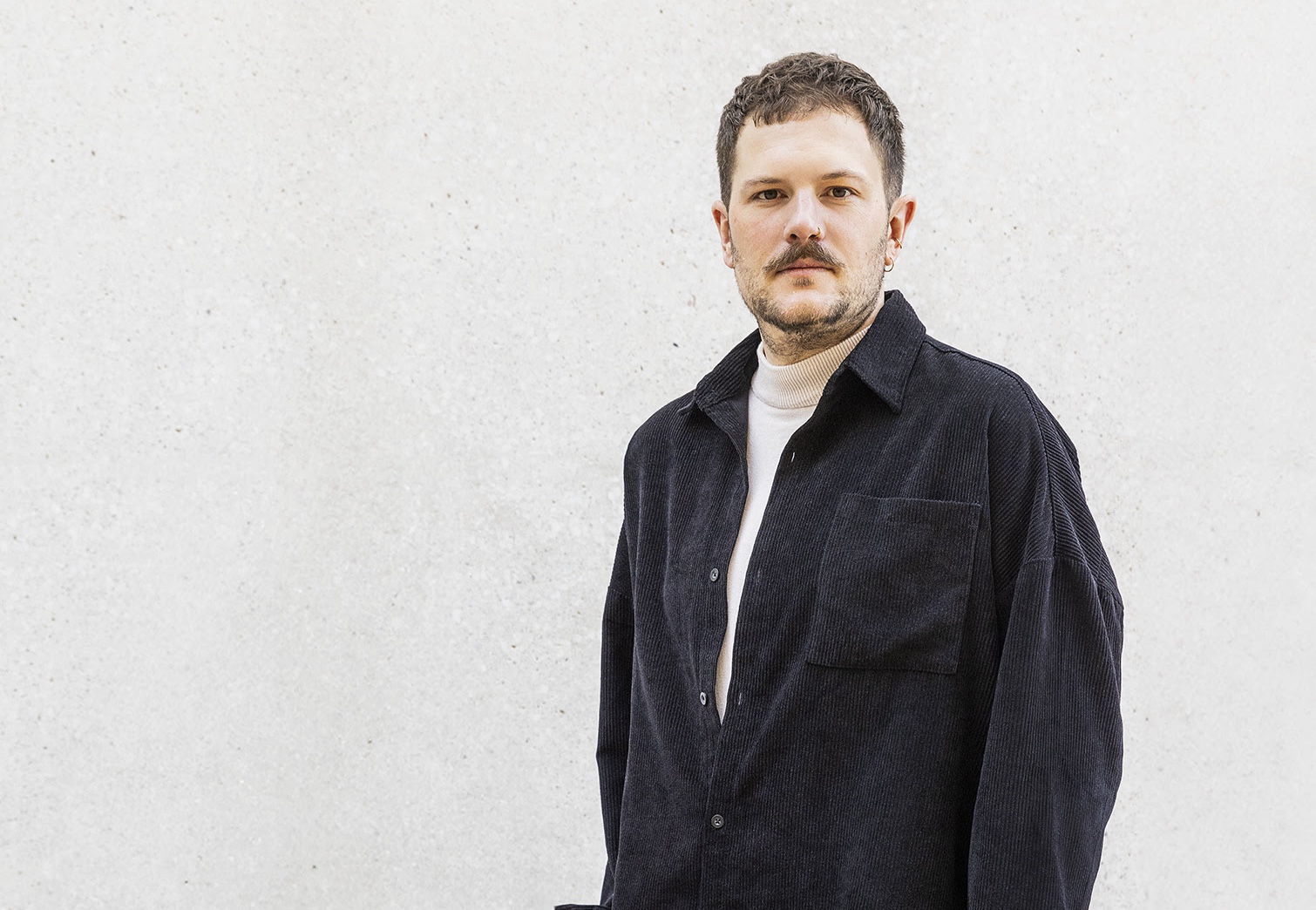
Vincent Schier Appointed Curator of Skulptur Projekte Münster 2027
#Appointed curator #Skulptur Projekte Münster #Vincent SchierSkulptur Projekte Münster announces that Vincent Schier has been appointed as curator for the 2027 edition. Schier’s curatorial practice is concerned with environmental and social sustainability as well as social participation.
Schier was artistic director of the Kunstverein Göttingen, where he was responsible for the 2021 and 2022 annual programmes. Prior to that, he worked as a curator at the Kunsthaus Dresden and from 2023 to 2024 he supported artists working at the studios and cultural center Uferhallen in Berlin. For several years he worked for the grassroots art organization neue Gesellschaft für bildende Kunst (nGbK), where he is part of the curatorial group behind the artistic-curatorial and transnational research project SALT. CLAY. ROCK., which examines issues surrounding nuclear energy in Germany and Hungary. Schier has (co-)realised projects for the Kunsthalle Exnergasse Vienna, the Kunstraum Kreuzberg/Bethanien, the Kunsthalle Osnabrück, the Schwules Museum Berlin and the KW Institute for Contemporary Art amongst other institutions. He has taught at the Hochschule für Grafik und Buchkunst in Leipzig and the Burg Giebichenstein Kunsthochschule in Halle.
Taking place every 10 years since 1977, Skulptur Projekte is well established as one of the world’s most important exhibitions. Since its conception 50 years ago by the former Director of what is now the LWL Museum of Art and Culture, Dr Klaus Bußmann, the long-standing Artistic Director of the exhibition was Kasper König. The artistic directors of Skulptur Projekte Münster 2027 are curatorial collective What, How and for Whom/WHW; the fifth edition of the project will open in June 2027.
About Skulptur Projekte Munster
Since 1977, Skulptur Projekte Münster has been facilitating encounters with artistic works in public spaces. The international exhibition was founded by Klaus Bußmann and Kasper König as a reaction to the indignation of the people of Münster about George Rickey’s kinetic sculpture “Three Rotating Squares”, among other things, and has since been jointly supported and organised every ten years by the Landschaftsverband Westfalen-Lippe and the City of Münster. The LWL Museum of Art and Culture in Münster is the starting point for the exhibition and is commissioned to organise it. The sculpture projects extend across the entire city, with works such as Claes Oldenburg’s “Giant Pool Balls” becoming landmarks and being taken to heart by the population. So far, over 220 artists have accepted the invitation to Münster, including Richard Serra, Bruce Nauman, Isa Genzken and Ayşe Erkmen. Around 40 works of art were transferred from the temporary exhibitions to the public collection, so that today you can sit on benches by Jenny Holzer, look out over Jorge Pardo’s “Pier” onto the water or visit Nicole Eisenman’s “Sketch for a Fountain” in the Promenade, which the citizens themselves campaigned to preserve.
The Skulptur Projekte is hosted by the Regional Association of Westphalia-Lippe (LWL) and the City of Münster. The organiser is the LWL-Museum für Kunst und Kultur. Funded by the Kulturstiftung des Bundes (German Federal Cultural Foundation) and by the Beauftragte der Bundesregierung für Kunst und Medien (Federal Government Commissioner for Culture and Media).
About What, How & for Whom
What, How & for Whom/WHW is a curatorial collective formed in 1999 in Zagreb and currently based between Zagreb and Berlin. Its founding members are Ivet Ćurlin, Ana Dević, Nataša Ilić and Sabina Sabolović, along with designer and publicist Dejan Kršić. Starting from the belief that art has a significant role in rethinking and reshaping how society is experienced, conceptualised, and organised, WHW has developed distinctive curatorial methodology intertwining exhibition practice, historical research, and innovative discursive and media formats.
Over the years, the collective has developed projects in close dialogue with artists on a range of institutional scales and in different geographical and cultural contexts. WHW’s international projects include: Collective Creativity, Kunsthalle Fridericianum, Kassel, 2005; 11th Istanbul Biennial What Keeps Mankind Alive?, 2009; One Needs to Live Self-Confidently… Watching, Croatian Pavilion at the 54th Venice Biennale, 2011; and Really Useful Knowledge, Museo Nacional Centro de Arte Reina Sofia, Madrid, 2014. From 2003 to 2023, WHW ran the program of Gallery Nova, a city-owned gallery in Zagreb. In 2018 the collective launched an independent international study program for emerging artists called WHW Akademija, based in Zagreb, which has supported more that 50 young artists through its annual programs to date. Between 2019 and 2024, three members of the collective – Ivet Ćurlin, Nataša Ilić and Sabina Sabolović – worked as artistic directors of Kunsthalle Wien.
Photo: Hanna Neander







